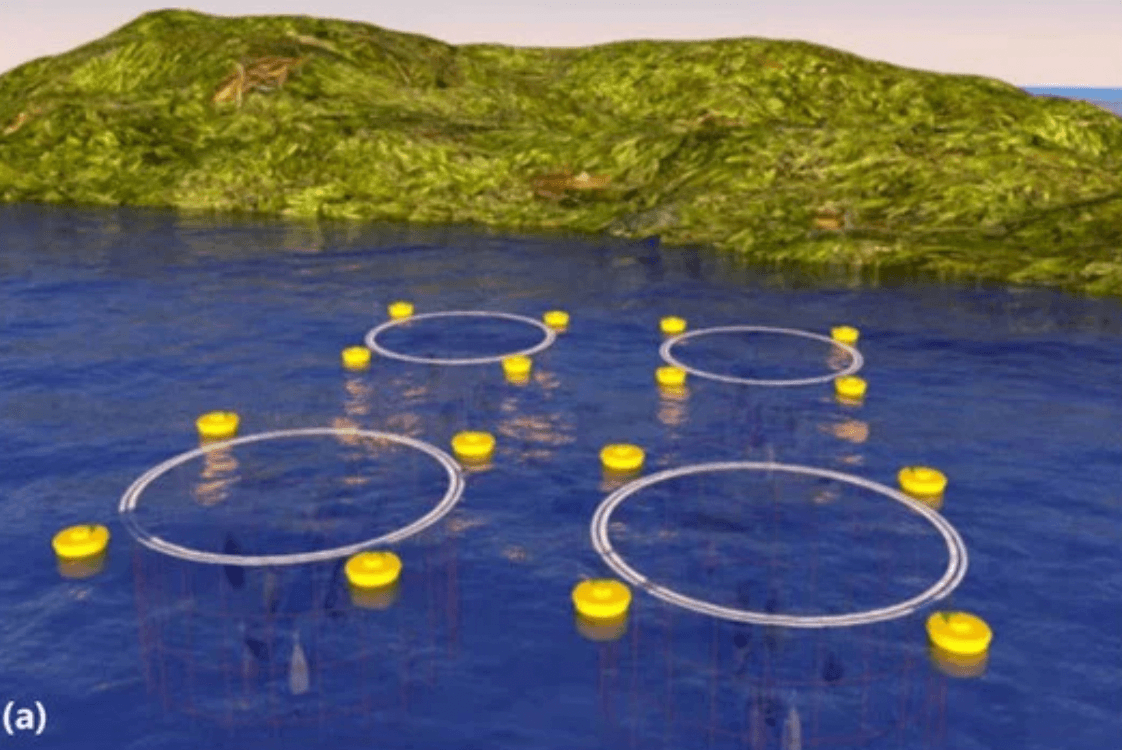Abstract
Marine distributed devices are essential infrastructure for exploring and utilizing the ocean. As the most common carrier of these devices, floating and submerged buoys are subject to a bottleneck of power supply. Recent progress in nanogenerators could convert the high-entropy marine kinetic energy (e.g., wave) robustly, which may form an in-situ power solution to marine distributed devices. This study is devoted to develop a stackable triboelectric nanogenerator (S-TENG), while each layer of it is made into multiple channels carrying PTFE balls in between Aluminum electrodes. In the experiments based on forced motion, the peak power density of the S-TENG reaches 49 W/m3, about 29% promotion from our previous benchmark. The S-TENG has also become less vulnerable to directional variation of the excitation, making its integration on various platforms more flexible in real conditions. In practice, the S-TENG has demonstrated its capability of powering LEDs as well as various sensors measuring salinity, temperature and acidity, which means the S-TENG could self-power many compact marine buoys.

